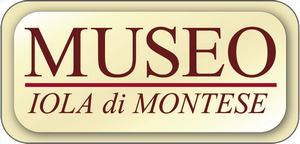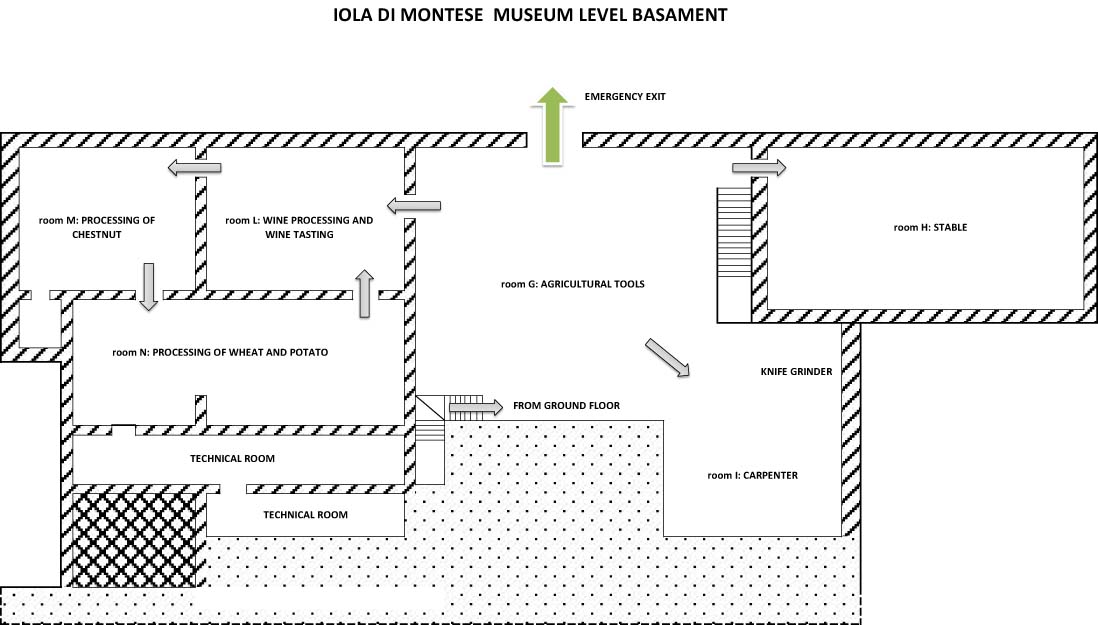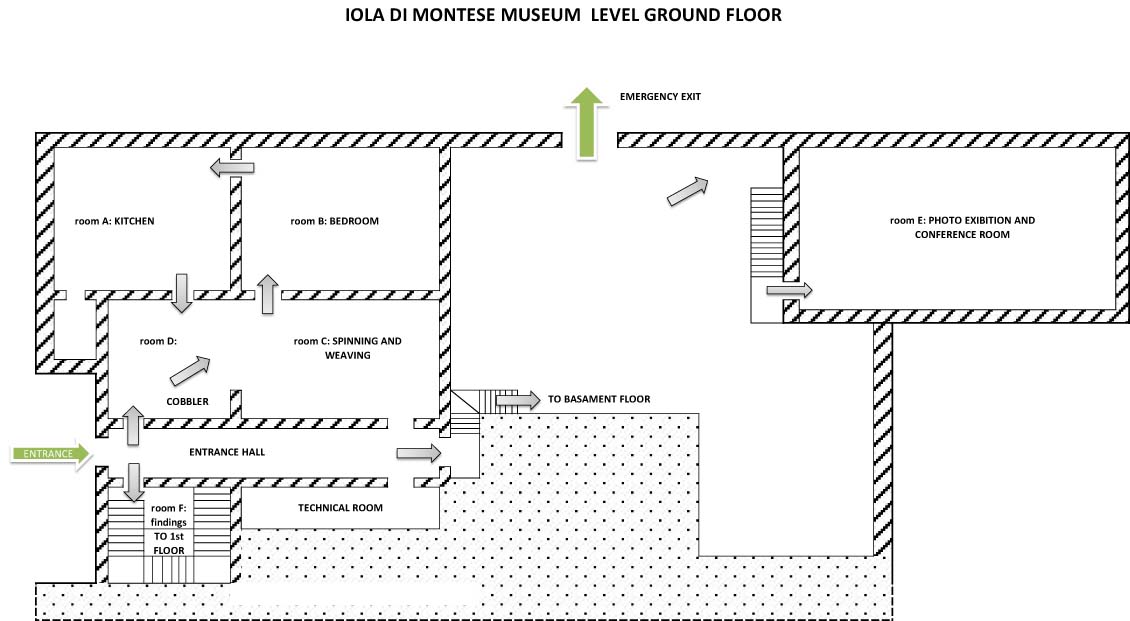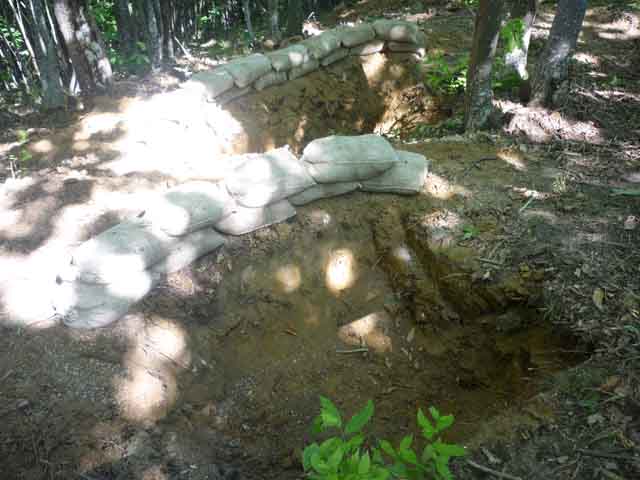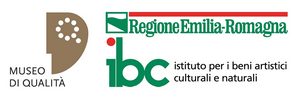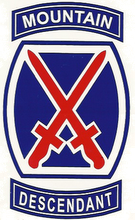About Us
The Museum of Iola Montese is managed by the Cultural Group "Il Trebbo", a non profit cultural association.
For information write you can write to: Gruppo Culturale Il Trebbo Via Riva n°1 località Maserno, 41055 Montese (Modena) Italy
or email to: This email address is being protected from spambots. You need JavaScript enabled to view it.
The team
President of the Cultural Group Il Trebbo and Director of the Museum. Curator of WW2 collections Memorie d'Italia 1939-1945. Technical Services Manager.Erminio Bernardi
President and Director: This email address is being protected from spambots. You need JavaScript enabled to view it.
Andrea Gandolfi
Curator of collections: This email address is being protected from spambots. You need JavaScript enabled to view it.
Curator of WW2 collections Memorie d'Italia 1939-1945. Honorary Inspector of Superintendence for Artistic and Historical Heritage with expertise in antique weapons, rare, artistic and historical importance.Giuliano Gandolfi
Curator of collections: This email address is being protected from spambots. You need JavaScript enabled to view it.
Giuseppe Lazzeri
Conservator of the weapons
Where we are
How to reach Iola Montese and the museum: The museum is located in Iola, via Trebbo No. 1, municipality of Montese, province of Modena (Italy).
- From Modena: exit from A1 motorway at Modena South, continue the provincial road along the Panaro valley road direction Vignola - Fanano - Sestola. After about 50 km follow the signs on the left for Montese, at Docciola Bridge (Ponte Docciola). Once in Montese pass through the village towards Maserno; from the center of the village follow the indication on the left to Iola.
- From Bologna: exit from A1 motorway at Sasso Marconi, take the Porrettana SS64 highway towards Porretta Terme. After about 35 km arriving at Vergato, follow, on the right, the road signs for Castel d'Aiano. Pass through the village of Castel d'Aiano direction Gaggio Montano, after about 5 Km follow, on the right, the road signs toIola.
- From Pistoia: take the Porrettana SS64 towards Porretta Terme. Pass through the village of Porretta and follow, on the left, the road signs for Gaggio Montano; pass through the village of Gaggio Montano and follow the road signs to Castel d'Aiano; after about 5 km follow, on the left, the road signs to Iola.
Services for Visitors
Entrance:
FREE ENTRANCE, DONATION WELCOME
Services:
Guided tour of the museum.
Opening:
April May June September and October: every Sunday from 3:30 to 6:30 pm
July - August: all days from 3:30 to 6:30 pm
All working days, calling at least the day before to Mr. Erminio Bernardi +39 320 4397331
Contacting Us
Through the form provided in CONTACT section
By email at: This email address is being protected from spambots. You need JavaScript enabled to view it. or This email address is being protected from spambots. You need JavaScript enabled to view it.
